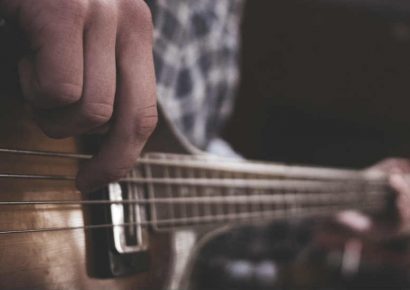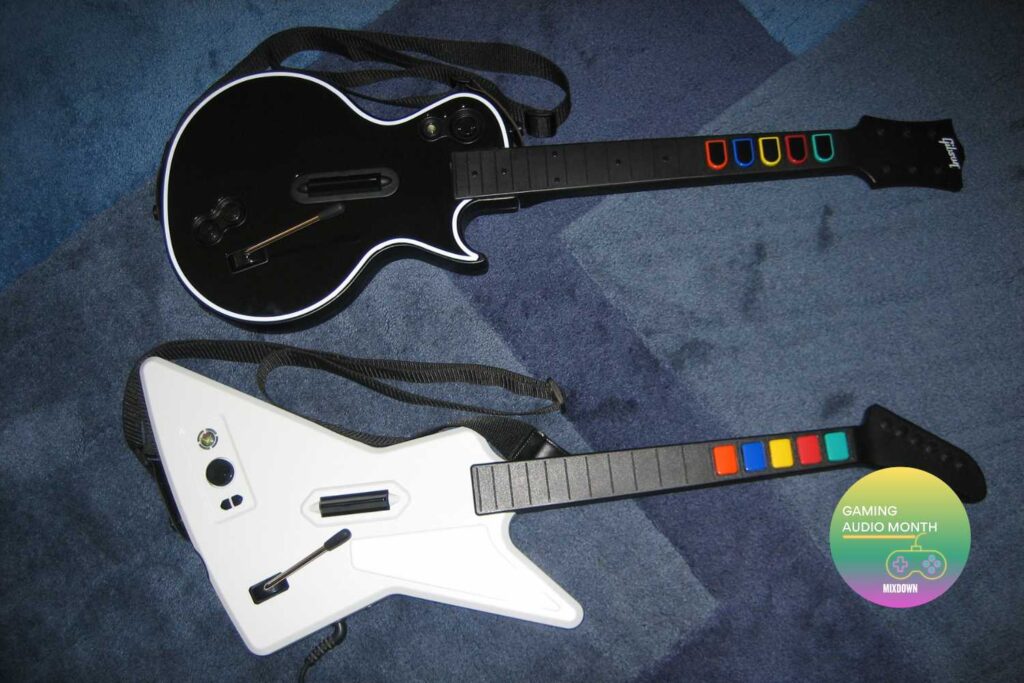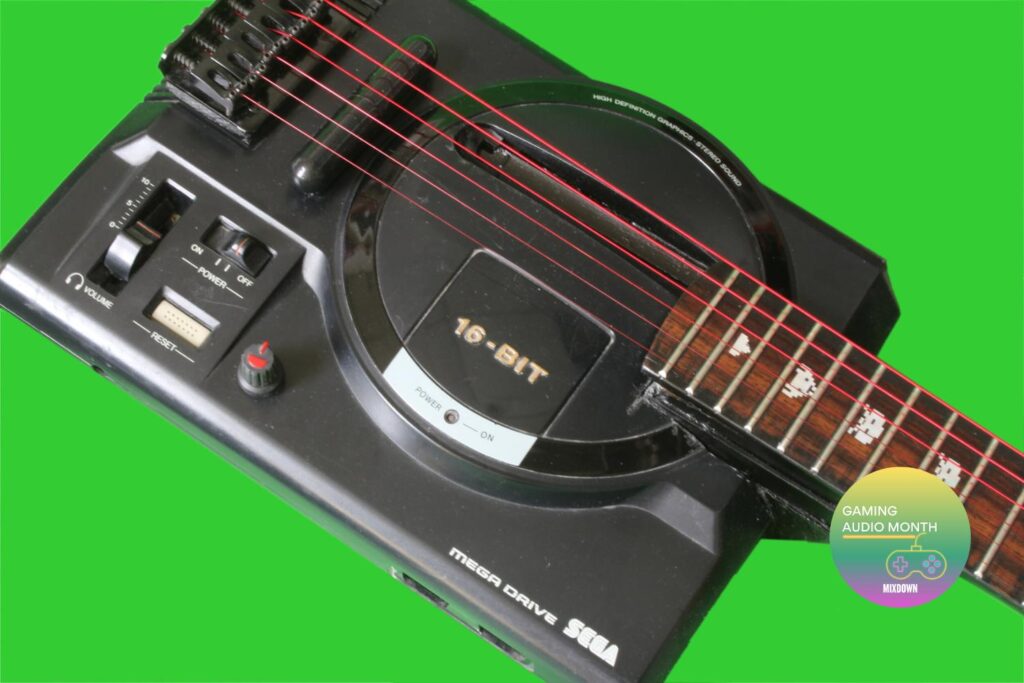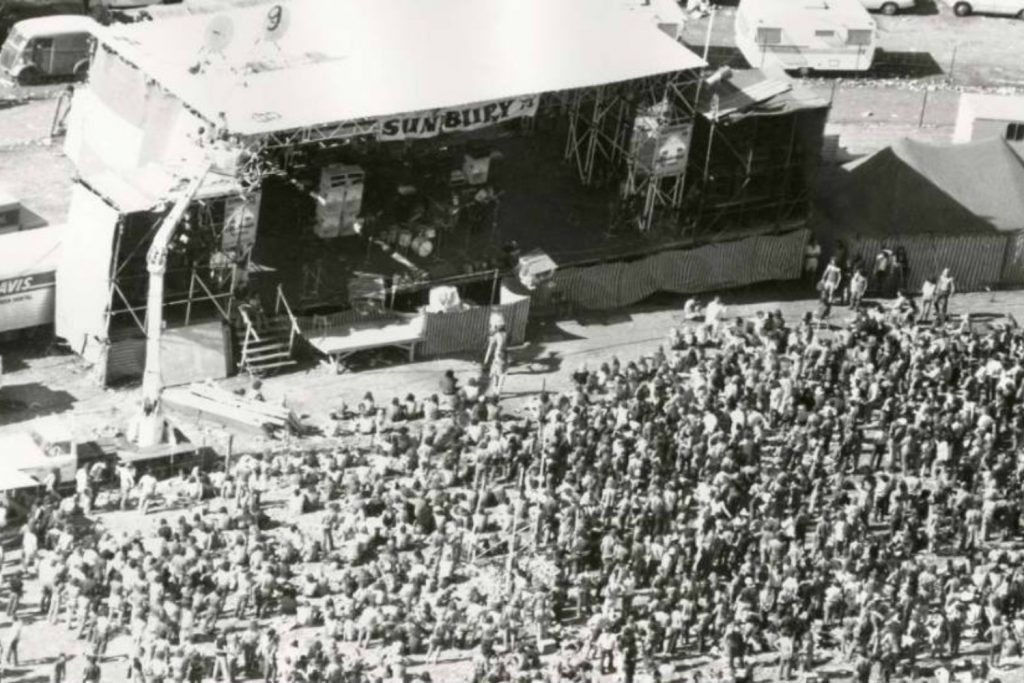A suspension of a chord involves (typically) moving the third of the chord up or down to a 2nd or a 4th. This creates an ambiguous sound that can’t be defined as Major of minor. Taking a C Major triad (C-E-G) in Figure A we can firstly create a sus2 chord by moving the 3rd (E) down to D (the 2nd). Next we move the 3rd (E) up to F (the 4th). Play through the three triads and listen to the difference in sound.
Now these are just triads but guitarists will often use bigger 5 or 6 note voicings that double up on some the chord tones. Perhaps then the shapes in Figure B are more familiar to you.
Figure C highlights some more common guitar suspended voicings as both open and barre chords. The lack of a 3rd creates ambiguity and a nice airy, floating sound. Great for developing a mood or adding emphasis to a particular section or chord.
If you want to expand your suspended chords past triads 7th chords are the next logical point. 7sus4 chords are used in rock, pop, jazz (and many others) with Herbie Hancock’s ‘Maiden Voyage’ being a great example (make sure you check it out, you should hear the 7sus4 sound straight away!). So, Figure D shows a number of 7sus4 chords which typically are created 1-4-5-b7. Again, sometimes guitar voicings of these chords aren’t as uniform as piano due to the restrictions of reach/note choice/tuning. Bar 1 shows a C7sus4 spelt C-F-Bb-C-E, which means no 5th. Bar 2 is spelt E-B-D-A-B-E which contains all the notes of 7sus4 and has A and B (the 4 and 5) a tone apart, this creates a thick sound due to the closeness of the intervals. Bar 3 is a barre chord voicing spelt D-A-C-G-A and again contains all the notes of the 7sus4 with the 4 and 5 being played only a tone apart. Bar 4 is another open chord shape spelt B-E-A-B-F#.
These examples should hopefully give you a starting point with suspended chords and a look at some common voicings for guitar. Piano players have the ability to create voicings with more notes (8,9 and 10 at times) and therefore will utilise different sounds and inversions. This makes the guitar unique and allows us to get creative when working with suspended sounds (more next month). The next step then is to start incorporating them into your own playing and writing. Try using sus2 and sus4 in standard progressions to see where they work for you. They can be great as the I chord in ballads or rock tunes, 7sus4 can create some real mystery when used as the V chord and then there are a host of patterns and movement ideas to really build with the suspended sound. These types of approaches can be heard in film scores and ambient background music to name a few. More suspended action next month!
Revisit last month’s guitar column here.











